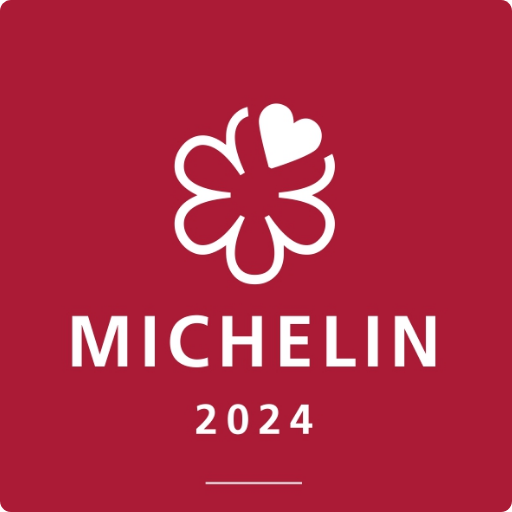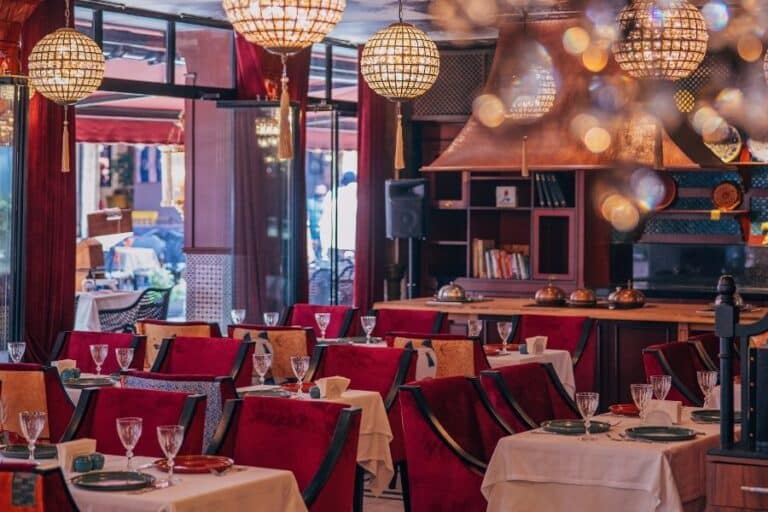The Byzantine Empire, also known as the Eastern Roman Empire, ruled Istanbul for over a thousand years. As an empire that lived in this geography for such a long time, it developed rich food culture.
Byzantine cuisine has always had a mystery for researchers, cooks, and the public. Because cookbooks from Byzantium are very rare. Regarding Byzantine cuisine and food tradition, scholars often create paintings, icons, frescoes, etc. They make inferences with the help of written sources and works of art, such as In this article, we would like to introduce you to Byzantine cuisine and the Byzantine food tradition.
Byzantine Cuisine: Gastronomic Fusion
According to the researchers, Byzantine cuisine was Mediterranean-centered, meaning it consisted predominantly of grains, olives, vegetables, seafood, legumes, wild greens, and fruits. Unfortunately, most of the population was not lucky enough to even have such materials, let alone consume them. Instead, bread was the food of the people. There were different types of bread, such as artos (freshly baked white bread), paximadia (hard long-lasting bread) and traganos (porridge).
Olive and olive oil were other basic ingredients used in the kitchens of the Byzantines. In fact, they made up about a third of a person’s total food intake. Today, the Aegean and Mediterranean coasts of the empire were also important olives and olive oil production centers. As an interesting detail, consumption of animal products other than seafood was not very common. Because eating animals was a luxury. In terms of meat, Byzantine cuisine consisted predominantly of pork and sheep, rather than the beef and chicken preferred today.
What do you think of Constantinople Cuisine?
“What did the people of Constantinople eat?” The question cannot be answered with a sentence or paragraph. Constantinople (now Istanbul) was even more complex and different.
During the Middle Ages, Constantinople was one of the most important port cities; It was the connection between the Black Sea and the Mediterranean. Also, the city itself is a bridge between Europe and Asia. For this reason, there were many demographics in the city that brought their own cuisine with them. The inhabitants of Constantinople would consume the materials of the Balkan, Anatolian, Black Sea, Aegean, Persian, and many other civilizations. In short, the cuisine of Constantinople was a great mix of different cuisines. But we know from both primary sources and works of art that one of the favorite dishes of the Constantinople elite was cephalos (mullet). This fish is abundant in the Sea of Marmara, which is Constantinople’s own sea.
Drink of Byzantine Cuisine: Wine
The wine was the main beverage accompanying most Byzantine dishes, and there were also wines of various qualities. Although the lands controlled by the Byzantine empire (Balkans, Cappadocia, Eastern Anatolia, Aegean coasts, Peloponnes, etc.) are very suitable for winemaking, we know that most of the wines are produced in Aegean islands such as Crete.
How Many Meals A Day Did the Byzantines Eat?
The Byzantines ate two meals during the day: ariston (light breakfast) and deipnon (main meal) towards evening. Some primary sources also mention prophagion (a light meal at dawn). Visual sources show that the Byzantines sat on benches or chairs gathered around a rectangular table, contrary to Near Eastern traditions. Opsa (small appetizers) was served first, followed by the main course. Various utensils such as spoons, knives, individual bowls, and even forks were available.








